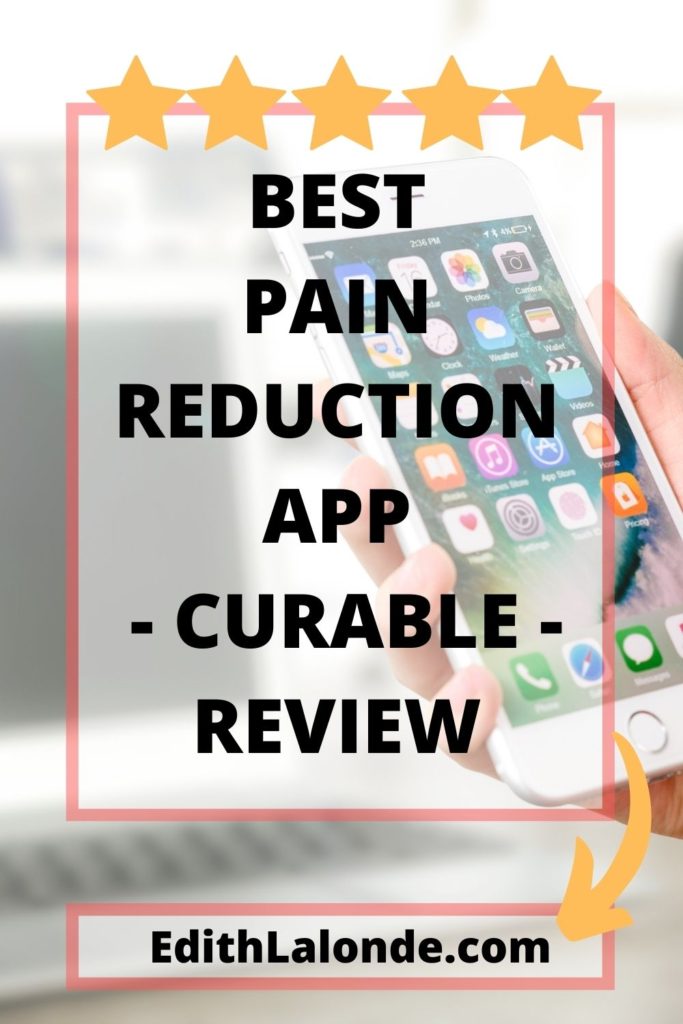Hey, Everybody. What’s the word?
Let’s get the health updates out of the way, and then we can focus on the good stuff.
Shoulders – Improved. If you recall from an earlier post, I was diagnosed with Calcific Tendonitis in October 2020. I stared physiotherapy in November. I’m happy to report my shoulders are once again functioning, and I had my last appointment with the physiotherapist in March 2021. The key to keeping my discomfort level low and maintaining the use of my arms will be a daily stretching routine. To help me with this, I scheduled stretching into my daily work calendar. Is the Calcific Tendonitis gone? No. Is this something I will have to live and cope with from here on out…yes.
Neck and Back – Improved. Tight muscles. Back spasms. Buffalo hump. Soreness caused by poor posture, sitting at the computer for long hours, and Fibromyalgia. These are ongoing issues. Pain levels have been reduced and range of motion improved by stretching, wearing a posture correcting brace, and walking. Again, these issues will be ongoing, and the goal will always be maintaining range of motion and pain management.
Fibromyalgia – Improved. Had a flare in mid-February that resulted in some brain fog, low energy, eczema on my arms and legs, sleep difficulty, and low mood. It lasted about a month. I’m starting to come around now. The start of spring may have something to do with my improvements.

Wait There's More!
Hips – No change. Had my consult with the orthopaedic surgeon. I have hip labral tears in both hip joints. A hip labral tear is a tear in the cartilage (labrum) on the outside rim of your hip joint or socket. Meant to act as a cushion, the labrum helps to hold the ball at the top of your thighbone securely within your hip socket.
The sharp pain I feel when I move a certain way, or when my hip seizes while walking, is one or both thighbones popping out of position. Generally, labral tears don’t self-repair, and surgery is required. In my case, the surgeon doesn’t recommend surgery to repair the tears. Why? He has diagnosed advanced Osteoarthritis, and he’s concerned surgery will make my arthritis worse.
So what are my options? I have two. Option one – continue as I am for as long as possible. Option two – hip replacement surgery. For now, I have elected to continue as I am. This may change as my circumstances evolve.
Colon – When adults reach the age of 50, certain tests are ordered as a precautionary measure. For women, a breast exam and cancer colon screening are standard. When I turned 50 in January of 2020, the world was on the cusp of an international pandemic, and my tests were put on hold. Understandable under the circumstances.
Fast forward to February 2021. I received my FIT (Fecal Immunochemical Test) in the mail. It took me about a month to do the test. Not because it was hard. It’s not. Drag the poop stick through the poop. Doesn’t get much easier than that. I sat (pun intended) on the test because I knew what the results would be. Yep. I noticed blood in my stool a while back. I did the test on a Tuesday in March and dropped it off. My doctor called me less than 48 hours later. My test result was abnormal. Colonoscopy, here I come. My invasion is scheduled for April 16. I’ll let you know how it goes.
So that’s it as far as general health goes. You might think it’s a lot, but overall, I’m in a good place mentally and physically now that the Fibro fog is diminishing. To be honest, I anticipated the winter months to be much more challenging than they were. Yes, the abnormal FIT test is a little worrisome, but not much point in dwelling on it until the colonoscopy is done.

Now on to the good stuff!
I wanted to share my experience using the Curable App. Curable is an online pain psychology program designed to address pain using a biopsychosocial approach. What the fuck? Yeah, that’s pretty scientify. Basically, Curable helps chronic pain sufferers by encouraging us to change the way we think about pain.
Think of it as brain training.
Studies show our brains influence the physical sensations in our bodies. Imagine two people with identical injuries experiencing vastly different pain levels. My pain reaction to a poke in the arm will certainly not be the same as yours. My brain, nervous system, and body have been conditioned to respond a certain way by 26 years of living with chronic pain.
Does this mean the pain is all in my head? Hell no. As noted above, I have a host of health issues that cause chronic pain. However, one of the first lessons Curable taught me is that my pain is more than a physical reaction experienced by my body. Physiological, psychological, and social factors also influence my pain levels.
Say what? Yep. Let me explain.
With the aid of our nervous systems, our brains produce our pain responses—not the injury itself. Our brains make constant and instinctual decisions to keep us safe. As a result, it decides when to send pain signals, how much pain to send, and how long our pain should last.
Don’t believe me? Have you ever twisted your knee jumping up from a chair to escape a wasp hell-bent on jabbing you with its javelin-sized stinger? Did you feel the knee pain? Or did the pain come once the wasp was safely flattened like a pancake by the bug swatter?
Now imagine you’re deathly allergic to wasps, and you don’t have your epi-pen. Aren’t you glad your brain decided to delay the pain signal created by the twisted knee? That’s your brain looking out for you and deciding which of the potential pain threats was the bigger risk.
Pretty cool, huh.

So There's a Cure!
Nope. Not exactly. As a person who has suffered from chronic pain for half my life, my brain has developed overprotective tendencies and has become hyper-sensitive to pain threats.
I can feel pain from injuries that haven’t even happened yet. It’s true, ask my family. I often say “ow” before I even encounter the pain event. Imagine feeling pain before accidentally being hit by an elbow. My brain knows it’s coming, so it’s like—what the hell—let’s get this over with, and it sends the pain signal before the elbow connects with my arm.
So, what does this mean? Essentially—to treat our pain—we must treat our brain. This is where Curable can help. A self-paced, self-guided program designed to help sufferers break the brain/pain cycle by changing our neurological responses, Curable gets users thinking about pain in a different way.
Listen, redefining how we think about pain is not an overnight cure to the aches that plague us. It’s a process. Often an emotional, gut-wrenching look at past trauma’s, current stressors, and fears that can seem a little intimidating to the uninitiated. But that’s the great thing about Curable. You don’t have to leave your house. You don’t have to talk to a therapist who maybe isn’t the right fit for you. You don’t have to sit in another doctor’s office, dread pooling in the pit of your stomach.
You don’t have to wait for a referral to a pain management clinic that may never come… I’ve said it before. I’ll say it again. In 26 years of living with chronic pain, I have never made it into a pain management program! Too few resources. Too many people in need.
Enter Curable.
Through a series of online lessons, activities, brain exercises, meditations, etc., chronic pain sufferers are guided along a healing path that is as individual as we are. All from the comfort of…well, anywhere. I’ve been dawdling along my own Curable path since January. Am I experiencing less pain? 100% yes. Is it gone completely? 100% no.
I have Fibromyalgia and Arthritis; my pain will never disappear completely. Can I live comfortably with the reduced levels of pain I’m now experiencing? Yep, you bet! Do I recommend Curable as an effective pain management/reduction tool?
Absolutely, 100% YES!
So that, my Sharing is Caring Friends is where I’m at. How about you? Anyone trying Curable and want to share their experience. Anyone thinking about trying Curable and want to ask a question. Hit me up, send an email, add a comment!
Until the next blog—breathe deep chronic pain WARRIORS!

Current discomfort level 4/10.
Wow that’s quite the update….lots going on for you!
I’m so glad you are finding Curable helpful. There are so many great tools in there and only a few minutes a day can make such a difference. Its all in the brain for good or bad! Looking forward to more of your reflection on how its working.
Also LOVING the emmy updates – she is growing so very fast and is so freaking adorable. I’m sure she’s a blessing and curse much like my Georgia. Hopefully she’ll settle a bit and you can get more concentrated writing time. Love that you are chugging along towards self-publishing. I’m already in line to buy the first book!
Thanks, Diane. Curable really has been an eye opening experience!